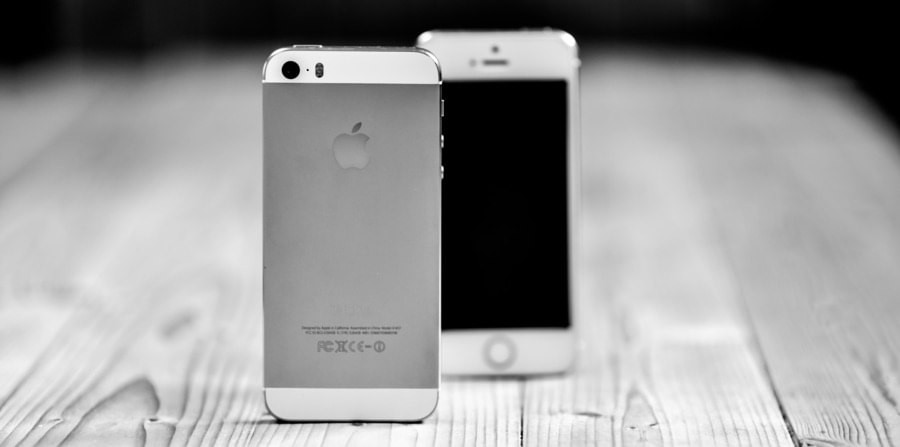For years, iCloud has been the go-to solution to transfer data between iPhones. However, its limitations are becoming increasingly apparent. Storage space can quickly fill up, and transferring large files can be slow and inconvenient. Fortunately, there are now several alternative methods for seamlessly transferring data between iPhones, offering a more efficient and user-friendly experience.
Unlock Freedom & Transfer Data Between iPhones with Unparalleled Ease

Upgrading your iPhone can be an exciting experience, but the thought of transferring data can quickly turn that excitement into anxiety. Luckily, you don’t have to rely solely on iCloud for a seamless data transfer. This comprehensive guide explores three alternative methods to move everything from your old iPhone to your new one, without relying on cloud storage.
Why Ditch iCloud?
Here are some compelling reasons to consider alternative solutions to iCloud:
Limited Storage: iCloud offers a free tier with only 5GB of storage, which can quickly fill up with photos, videos, and apps. Upgrading to higher storage tiers can be expensive, especially for users with large amounts of data.
Slow Transfer Speeds: Uploading and downloading large files through iCloud can be slow, especially on unreliable internet connections. This can be frustrating when trying to quickly transfer important data.
Limited File Types: iCloud only supports transferring specific file types, making it difficult to move less common data formats.
Inconvenient for Multiple Devices: Managing data across multiple iPhones with iCloud can be cumbersome, requiring multiple logins and separate backups.
Choosing the Right Method to Transfer Data Between iPhones
With the limitations of iCloud in mind, let’s explore some alternative solutions for seamlessly transferring data between iPhones:
1. Quick Start — Easiest for Latest iPhones
Quick Start is the simplest way to transfer data between iPhones running iOS 12.4 or later. It utilizes Bluetooth and Wi-Fi for a quick and direct connection.
Here’s how to use Quick Start:
- Turn on Bluetooth and Wi-Fi on both iPhones.
- Bring the new iPhone close to the old iPhone.
- A notification will appear on the old iPhone asking to “Set Up New iPhone.” Tap “Continue.”
- A visual code will appear on the new iPhone. Hold the old iPhone over the new iPhone so the camera can scan the code.
- Follow the on-screen instructions to transfer your data.
Pros:
- Simple and easy to follow: Ideal for users who are not tech-savvy.
- Wireless transfer: No need for cables, making the process convenient and hassle-free.
- Fast transfer speed: Transfer data most quickly.
Cons:
- Limited compatibility: Only works with iPhones running iOS 12.4 or later.
- Large data transfers might be slow: Transferring a large amount of data may take longer than wired methods.
2. iTunes/Finder – Reliable for Older iPhones
If you have a computer with iTunes (Mac with macOS Catalina or earlier) or Finder (Mac with macOS Monterey or later), you can use it to transfer data through a wired connection. You can use iTunes or Finder to back up your source iPhone and then restore the backup to the destination iPhone. This method will transfer all your data, including photos, videos, contacts, messages, and settings. Here’s how it works:
Here’s how to use iTunes/Finder:
- Connect both iPhones to the computer with USB cables.
- Open iTunes or Finder on the computer.
- Select the old iPhone in iTunes or Finder.
- Click “Back Up Now” to create a backup of the old iPhone.
- Disconnect the old iPhone.
- Connect the new iPhone to the computer.
- Select the new iPhone in iTunes or Finder.
- Click “Restore Backup” and select the backup you created earlier.
Pros:
- Reliable: Ideal for large data transfers and ensures complete data migration.
- Works with older iPhones: Supports iPhones running older iOS versions.
Cons:
- Requires a computer: You need access to a computer with iTunes or Finder installed.
- Time-consuming: Creating and restoring backups can take a significant amount of time.
- Wired connection: Less convenient than wireless methods.
3. AirDrop – Convenient for Selective Data Transfer
AirDrop allows you to transfer data of individual files and folders directly between iPhones wirelessly. This is ideal for transferring specific data without needing a full backup.
Here’s how to use AirDrop:
- Turn on AirDrop on both iPhones.
- On the old iPhone, open the app with the data you want to transfer.
- Tap the share button and select “AirDrop.”
- The new iPhone will appear under “AirDrop.” Select it.
- On the new iPhone, a notification will appear asking to accept the data transfer. Tap
- “Accept.”
Pros:
- Convenient and selective: Transfer only the specific files or folders you need.
- No cables or cloud storage required: Wireless and simple to use.
- Fast for small data transfers: Ideal for transferring photos, videos, and other small files.
Cons:
- Not suitable for large data transfers: Transferring large amounts of data can be time-consuming.
- Limited range: Both iPhones need to be within Bluetooth and Wi-Fi range of each other.
- Individual file transfer: Not ideal for transferring entire apps or settings.
Additional Tips:
- Ensure both iPhones have sufficient storage space for the transferred data.
- Consider backing up your old iPhone before transferring data to the new iPhone.
- Use a Wi-Fi network for large data transfers for faster speeds.
- Contact Apple Support if you encounter any issues during the transfer process.
4. External Storage Devices
Using an external storage device like a USB flash drive or a portable hard drive is another option for transferring data between iPhones. This method is suitable for large amounts of data or files not supported by iCloud or other apps. Here’s how to do it:
- Connect the external storage device to the source iPhone using a compatible adapter.
- Open the Files app and locate the files you want to transfer.
- Select the files and tap the Share button.
- Choose “Save to Files” and select the external storage device as the destination.
- Connect the external storage device to the destination iPhone and transfer the files in reverse order.
5. Third-Party Transfer Apps
Several third-party apps offer efficient and user-friendly data transfer between iPhones. These apps are often faster and more versatile than iCloud, supporting a wider range of file types and offering features like selective data transfer and progress tracking. Popular options include:
- MobiMover: This app allows you to transfer all types of data between iPhones, including photos, videos, contacts, messages, and apps. It also offers additional features like data backup and encryption.
- AnyTrans: This powerful tool lets you transfer data between iPhones, computers, and even Android devices. It supports a wide range of file types and offers features like data backup, device management, and WhatsApp transfer.
- FonePaw iOS Transfer: This user-friendly app allows you to selectively transfer data between iPhones without overwriting existing files. It also offers features like ringtone creation and data backup.
Conclusion
The best method for transferring data between iPhones depends on your specific needs and preferences. Consider factors like the amount of data you need to transfer, the type of files you’re dealing with, and your budget when choosing a solution.
Ditching iCloud can be a liberating experience for iPhone users. By exploring alternative methods, you can enjoy faster transfer speeds, greater flexibility, and more control over your data. So, break free from the limitations of iCloud and embrace a seamless data transfer experience.
If you feel this article helpful please like, share, and follow our Facebook page and keep visiting our website for such tutorials.

![Read more about the article Why Does My VPN Keep Disconnecting [Solved]](https://freemovietricks.com/wp-content/uploads/2023/05/vpn-300x300.png)